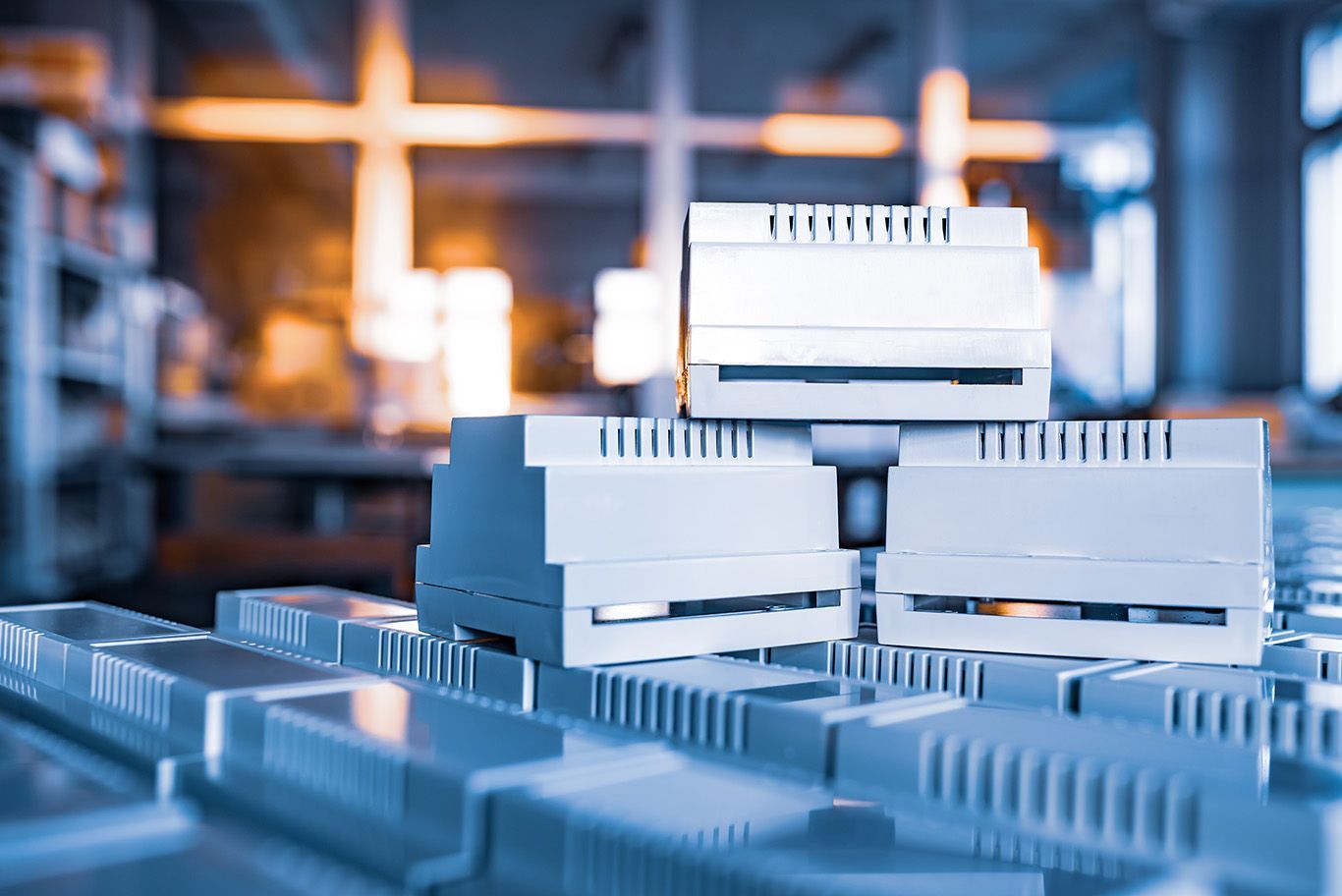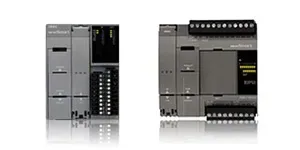Demystifying PLCs: A Comprehensive Guide to Their Components

Understanding the Building Blocks of Industrial Automation
Programmable Logic Controllers (PLCs) are the backbone of industrial automation, enabling industries to achieve precision, reliability, and efficiency. But what exactly makes up a PLC? In this article, we’ll take a deep dive into the core components of PLCs, exploring their functions and how they come together to power modern automation systems. As a trusted PLC systems integrator, Electric Supply Source (ESS) has years of experience optimizing these components to create custom solutions for industries in El Paso County and Southern New Mexico. Let’s break it down.
The Core Components of a PLC
At its heart, a PLC consists of several key components, each playing a vital role in ensuring seamless operation:
- Central Processing Unit (CPU)
- The Brain of the PLC: The CPU executes the control program, processes input data, and determines the appropriate output commands.
- Key Features:
- Memory for storing the control program and operational data.
- Processing capabilities for executing logic operations.
- Communication interfaces for connecting to other devices.
- Why It Matters: A powerful CPU ensures fast and reliable processing, which is critical for time-sensitive industrial operations.
- Power Supply
- The Lifeline: Provides the necessary voltage to power the PLC and its modules.
- Robust Design: Industrial-grade power supplies ensure consistent performance even under harsh conditions.
- Integration at ESS: We ensure that power supplies are tailored to specific operational demands, enhancing system stability.
- Input/Output (I/O) Modules
- The Hands and Ears of the PLC:
- Input Modules: Receive signals from sensors, switches, and other devices.
- Output Modules: Send signals to actuators, motors, and valves.
- Digital vs. Analog:
- Digital I/Os handle on/off signals.
- Analog I/Os process variable signals like temperature and pressure.
- Scalability: Modular I/O designs allow for seamless expansion, accommodating growing system needs.
- Communication Ports
- The Connectors: Enable the PLC to communicate with other devices and systems.
- Common Protocols:
- Ethernet/IP for real-time data exchange.
- Modbus for versatile device compatibility.
- ESS Expertise: We specialize in integrating PLCs with SCADA systems for centralized monitoring and control.
- Programming Device
- The Interface for Logic Creation:
- Engineers use programming devices to write and upload control programs.
- Common programming languages include ladder logic, structured text, and function block diagrams.
- ESS’s Role: Our team ensures seamless programming and optimization tailored to unique industrial challenges.
- Chassis or Rack
- The Framework: Houses the various modules and connects them to the backplane.
- Design Options: Compact designs for small setups and modular racks for larger systems.
How These Components Work Together
Let’s consider an example:
- A temperature sensor (input) detects a rise in heat on a production line.
- The signal is sent to the PLC’s CPU, which processes the data.
- Based on the program, the CPU commands a cooling fan (output) to activate.
- The communication port relays this action to the SCADA system for real-time monitoring.
This synchronized operation ensures efficiency and precision, demonstrating the power of PLC components working in harmony.
Applications of PLC Components
At Electric Supply Source, we’ve integrated PLC systems across diverse industries:
- Food Processing: Analog input modules monitor pressure, while output modules control valves to ensure consistent product quality.
- Utilities: Communication ports facilitate real-time data exchange, allowing for remote monitoring and control of water treatment plants.
- Oil and Gas: Robust power supplies and CPUs maintain system reliability in harsh environments.
Advantages of a Well-Integrated PLC System
- Customization: Tailored solutions meet specific industry needs.
- Scalability: Modular designs accommodate growth.
- Reliability: Industrial-grade components ensure long-term performance.
- Efficiency: Optimized integration reduces downtime and enhances productivity.
- Future-Readiness: Modern PLCs support advanced features like IoT and AI.
ESS’s Expertise in PLC Integration
At Electric Supply Source, we provide end-to-end PLC solutions:
- Custom Design and Programming: Ensuring systems are built to meet unique operational demands.
- SCADA Integration: Allowing operators to manage and monitor systems with ease.
- Maintenance and Support: Providing ongoing service to ensure long-term system performance.
Other References
"Components of PLC" – Instrumentation Tools
- This resource provides an in-depth look at the various modules that constitute a PLC, including the power supply, CPU, and I/O modules.
- Instrumentation Tools
"Programmable Logic Controllers (PLCs): Basics, Types & Applications" – Electrical4U
- This article offers a comprehensive overview of PLCs, detailing their basic components, functionalities, and applications in industrial settings.
- Electrical4U
"What Is a PLC? An Introduction to Programmable Logic Controllers" – Control.com
- This piece introduces the fundamental concepts of PLCs, including their hardware components and roles in automation.
- Control.com
"PLC Hardware Components (Explained in Plain English)" – PLC Academy
- This article breaks down the hardware aspects of PLCs, explaining each component's function in an accessible manner.
- PLC Academy
"Programmable Logic Controller (PLC) Components" – Electrical Academia
- This resource delves into the essential parts of a PLC system, discussing their roles and interconnections.
- Electrical Academia
Key Takeaways
- CPU: The brain of the PLC, responsible for processing and decision-making.
- Power Supply: Ensures consistent operation in industrial environments.
- I/O Modules: Act as the interface between sensors, actuators, and the PLC.
- Communication Ports: Enable seamless data exchange with other systems.
- Programming Devices: Allow engineers to create and optimize control programs.
- Chassis: Provides a secure framework for modules and connections.
- ESS Expertise: A trusted integrator offering tailored PLC solutions and long-term support.


